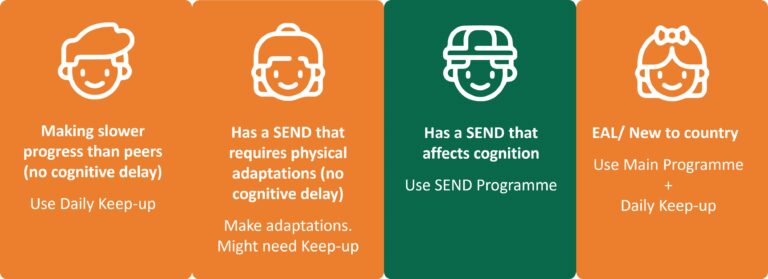Primary schools are very good at reacting to news events. If there’s a disaster of some kind, somewhere in the world, the school will feel the children need to know about it and in return the children’s natural compassion makes them want to help. The charity events which come about from them often involve the children finding out about the country, the people, living conditions and many other ideas. Good examples of such activities where learning, global awareness and charity come together are the ‘Hat’s on for Haiti’ campaign, ‘Remembrance Day’ and the ‘Shoebox Appeal’
I firmly believe that there’s a place for global issues awareness in the primary curriculum. Whether it is in geography, history, citizenship or English, there needs to be regular encouragement of interest in what’s happening locally, nationally and internationally.
I have planned a series of ongoing activities that encourage global awareness and will share them on this blog over the next few weeks. If you are worried about curriculum time then many of them can be thought of as cross curricular, forming a vehicle through which to teach the curriculum. Here’s the first…
Activity 1: Have I Got News For You?
Many people love the TV show ‘Have I Got News For You?’ but I was surprised how many of my class were watching it – partly because of some of the content and partly because of the time it is aired. Some of the children – and a couple of the parents – suggested that we do a similar idea at the end of term and so for our assembly we planned a version of the show.
We asked for team members to be drawn from other classes whilst we did the research and preparation for the show. Because the news had to be current we had to work hard in the week before the ‘show’ but had a couple of practice sessions with the class which were hilarious.
The children decided on four different rounds:
– Filling in the missing word from the headline
– Finding the odd one out from four photos
– Doing a ‘Who am I’ from the week’s news
– Guess which country?
For the first category, they found headlines from newspapers and deleted an important word. They made text boxes in the style of the headline and left a white box where the word should go. These were then presented in PowerPoint format for the assembled children to guess the missing word. Points were given, as per the show, for originality as well as the correct answer.
The second category was more difficult. They had to find a list of at least three people, places or objects that had been in the news and add an odd one out. We had examples like three leaders who’d attended a climate talks summit plus an odd one out that didn’t and in a week when celebrities announced their separation, three that did and an odd couple out that hadn’t. The children in the assembly had to guess which was the odd one out and why. Again points were awarded for originality as well as the correct answer.
The third category tested how well the children knew people in the news. They would pick a small selection of people from that week’s news and display a photo of them asking who they were and why they were in the news. This was an important category because it helps them put a face to a name they would have encountered in the news.
The fourth category was a lot of fun. The children would find out a bizarre piece of news and the assembly would have to decide which country the news came from. We had things like the person who had taught their dog to ride a scooter or a woman whose five year old found a metre long alligator behind the sofa.
Watch this space for more news based ideas to follow and let me know if you have tried any of them or share your own activities here.
Dave Lewis
Portsmouth High School Junior Dept


